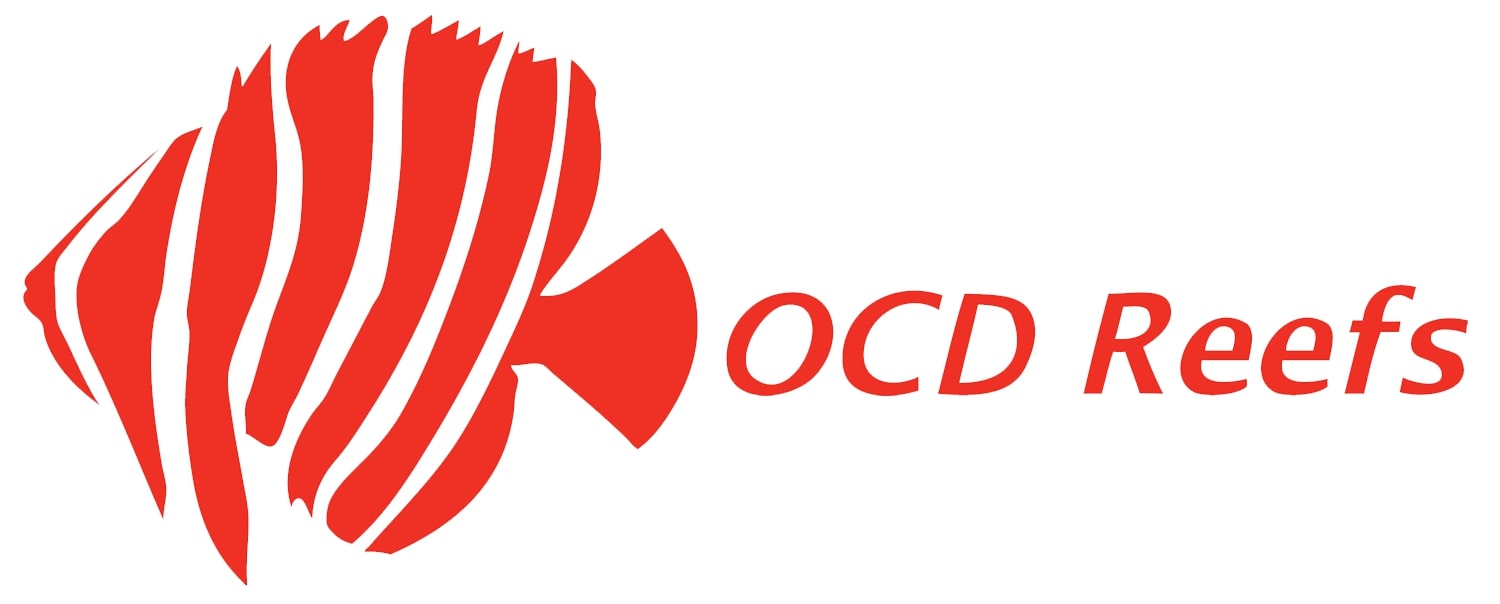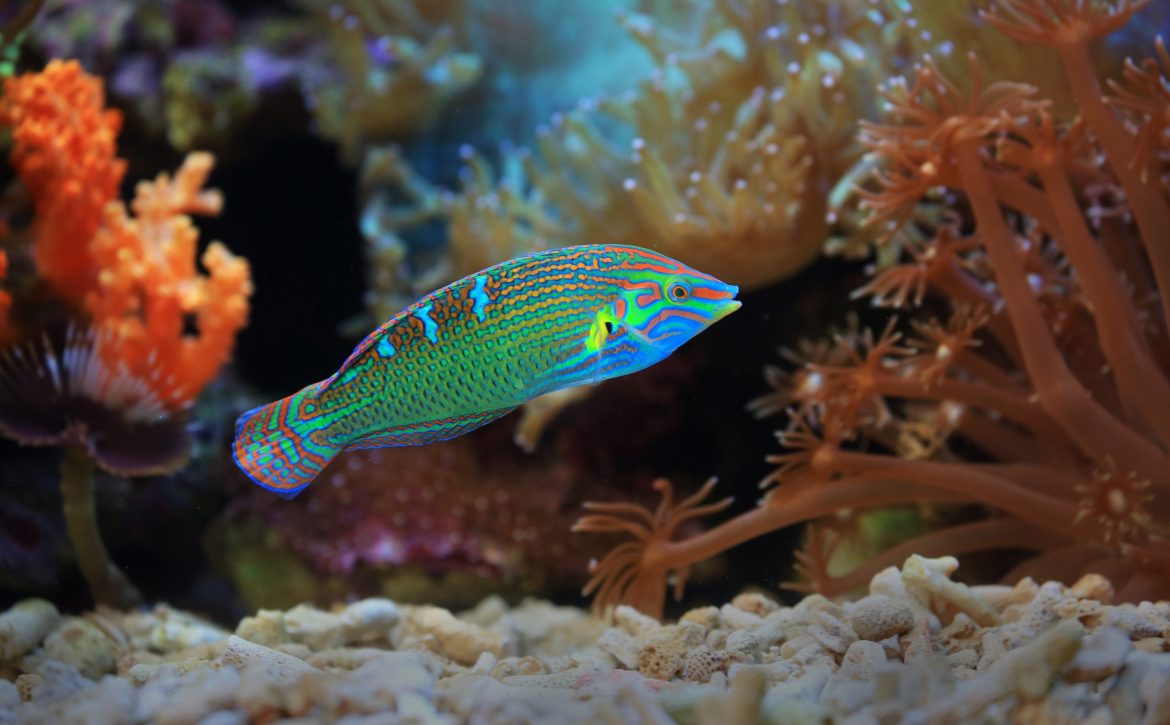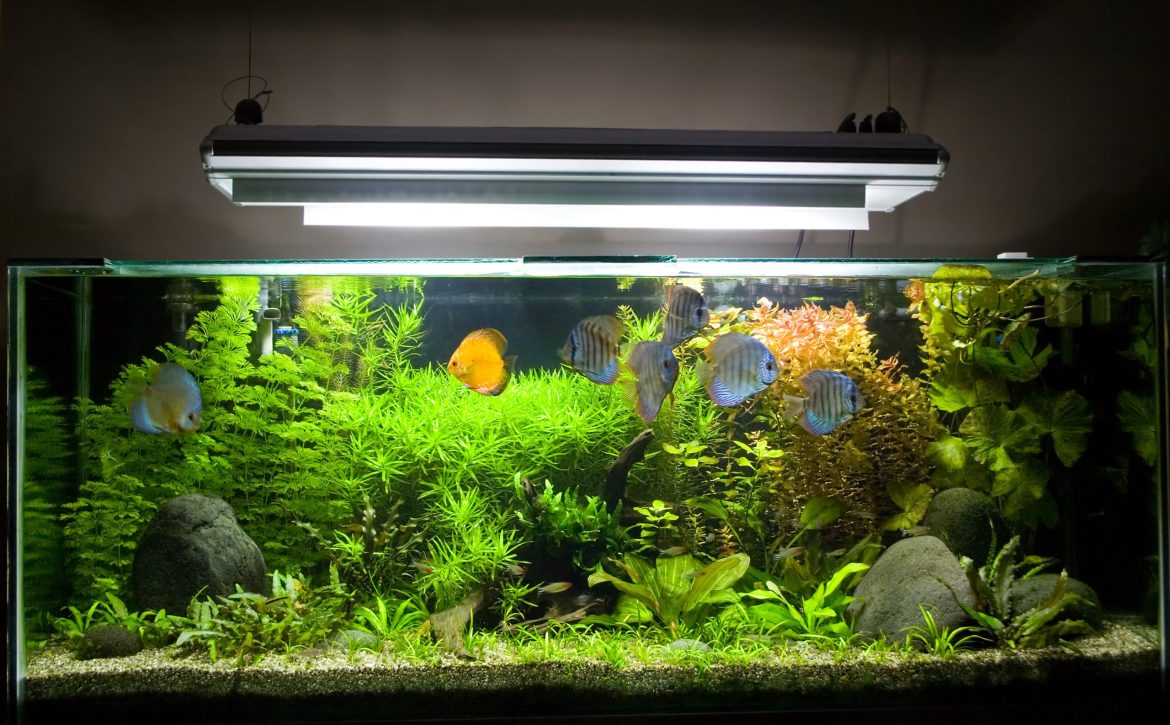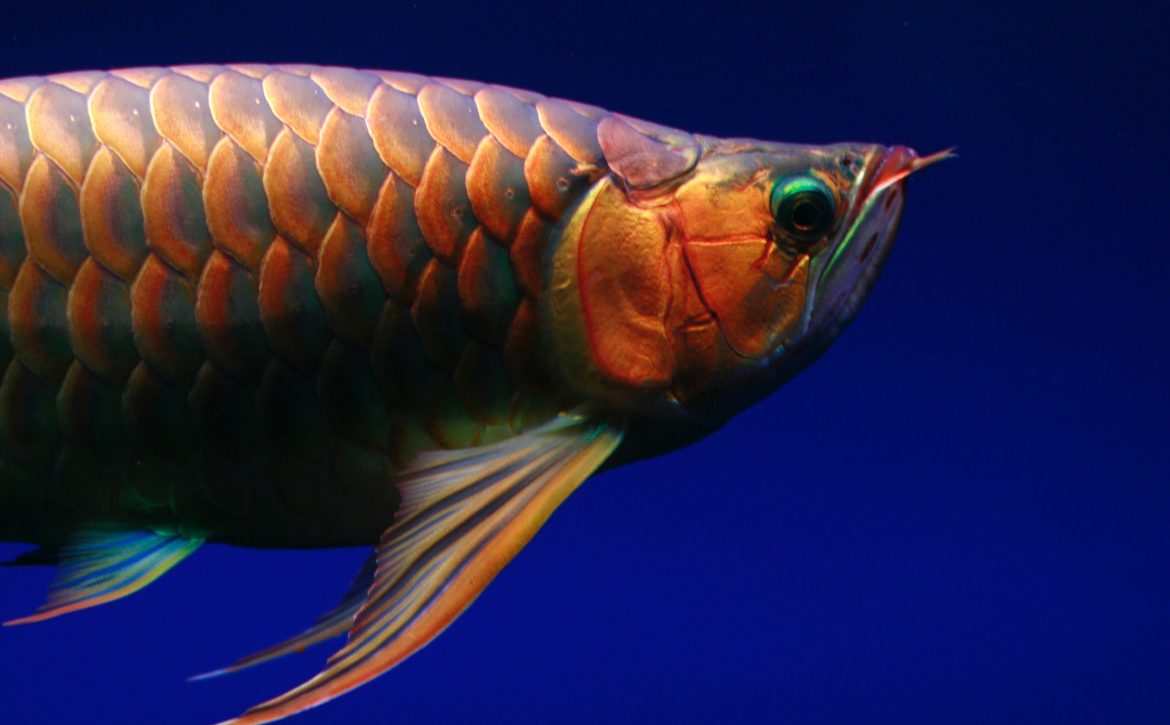How Expensive Is It To Setup and Run a Tank?
Building an aquarium is exciting. There are so many different options, variations, colors, sizes to choose from. When building your aquarium there are factors you will want to consider. The size and shape of the tank, the type of fish, and the budget you have for setting up the tank all play a role in the final design.
When it comes to size, one rule of thumb is that each gallon of water can support one inch of fish. So, for example, a 10-gallon tank could support 10 inches of fish. It’s important to remember that larger tanks are easier to maintain than smaller ones, so it’s worth considering a larger size if you’re able.
Fish you want to keep will also dictate the design of your aquarium. Some fish prefer open spaces, while others like many hiding places. Reviewing the habitat requirements of the fish, you’re interested in keeping will help you determine what type of design will be best for them.
Finally, you’ll need to consider your budget when designing an aquarium. Aquariums can range in price from a few hundred dollars to several thousand, so it’s important to know how much you’re willing to spend before you start.
Freshwater Tanks
There are a few things to consider when designing a freshwater aquarium. The initial cost of the tank itself is one factor, but you’ll also need to budget for other essentials like gravel, plants, and fish. Depending on the size and complexity of your setup, the total cost can range from a few hundred dollars to several thousand.
When designing your aquarium, it’s important to consider the fish you want to keep. The first consideration with the fish you want to keep is the price. Freshwater fish generally range around $7-$12, although they can average $1-$60. Another factor is different species require more space than others, and some prefer different water conditions. Do your research before buying any fish, and make sure they will be compatible with your setup.
Plants are another important consideration when designing a freshwater aquarium. Not only do they add beauty and interest to your tank, but they also help keep the water clean and oxygenated. Many plants are available, so take some time to choose ones that will thrive in your aquarium, or ask one of our professionals for plant suggestions.
Finally, consider the maintenance required for your freshwater aquarium. Keeping the water clean and filtered is essential for the health of your fish, and you’ll also need to perform regular water changes. Depending on the size of your tank, this can be a time-consuming task. Ensure you’re prepared to commit to the necessary upkeep before setting up your aquarium. Generally, it would help if you cleaned your freshwater aquarium at least once a month. This will help keep the water quality high and prevent algae growth. If you have a larger tank or more fish, you may need to clean it more often. And if you notice your fish are acting sick or the water is cloudy, it’s time for a cleaning!
Saltwater Tanks
The cost of running a saltwater aquarium can vary depending on your size and setup. Generally, saltwater aquariums require more expensive equipment and maintenance than freshwater aquariums.
To get started, you’ll need to purchase a saltwater aquarium kit, which can cost anywhere from $200 to $1,000. Aquarium kits usually include everything you need to get started, including the tank, filter, lighting, and sometimes the fish.
Once your aquarium is set up, you’ll need to add salt to the water. This can be done by buying a unique salt mix at a pet store or online. A 25-pound bag of salt mix will typically cost around $20. You’ll also need to purchase a powerhead or aquarium pump to circulate the water. Powerheads start at approximately $30.
To keep your fish healthy, you’ll need to perform regular water changes and add fresh water to the tank. You’ll also need to feed your fish regularly. Good quality fish food will cost around $20 for a large container. Saltwater fish can cost around the same as freshwater fish, but with saltwater tanks, many want exotic fish. Know that exotic fish can require more specific care and be worth hundreds of thousands of dollars.
Finally, you’ll need to purchase basic aquarium accessories, such as a gravel vacuum, net, and thermometer. Items can be found at most pet stores or online for around $30.
Setting up and maintaining a saltwater aquarium can range from $300 to $1,000 per year. This cost can be reduced by doing some maintenance yourself and purchasing used equipment. However, even with these savings, saltwater aquariums are still more expensive to set up and maintain than freshwater aquariums.
If you’re considering setting up a saltwater aquarium, research the cost of everything you’ll need before making your final decision. With some planning, you can have a beautiful and healthy saltwater aquarium that will provide years of enjoyment.
With these factors in mind, you’re ready to design your perfect aquarium!














